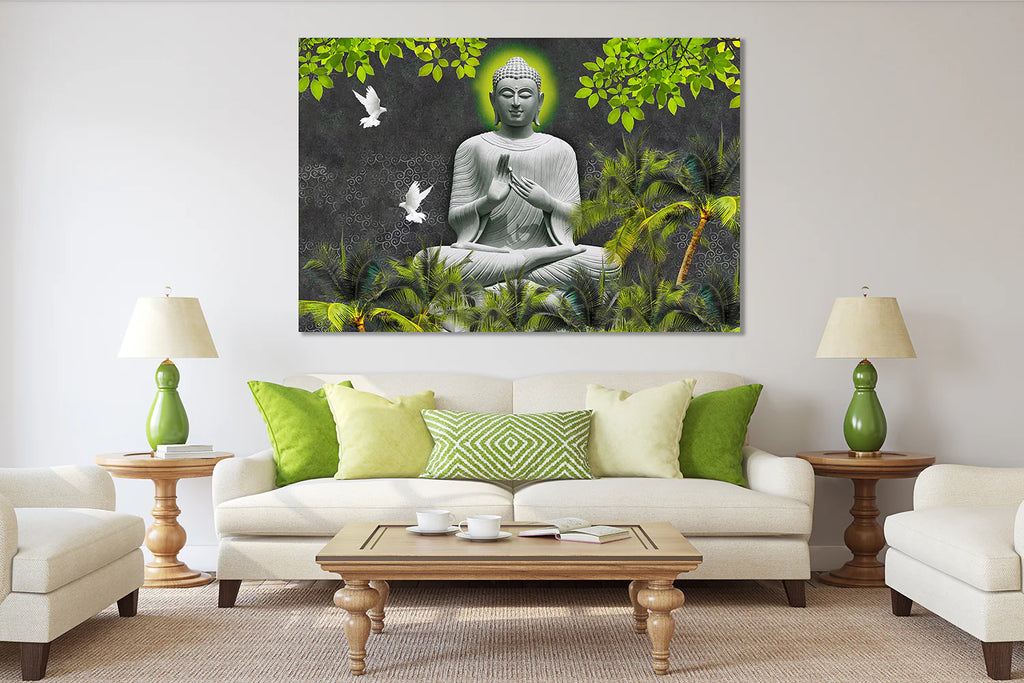
Islamic Wall Art & Canvas Prints

Islamic Canvases & Wall Art
Islamic Art is a key feature of the early Islamic culture. Ever since the 7th century, Islamic artistic expressions have been produced, developed and exhibited in Muslim inhabited territories throughout the world. Visual Arts is a dominant art from in Islamic culture, especially Islamic Wall Art. An interesting thing about Islamic Visual Art is that it is non-representational. This is primarily due to Aniconism. Nevertheless, Islamic wall art features some of the most picturesque designs and exquisite patterns. Islamic wall art can be divided into three main elements, geometric patterns, calligraphy and vegetal patterns.
The earliest Islamic wall art was inspired by Byzantine Art also known as the Early Christian Art, Roman Art and Sassanian Art. Later over the years, as the Islamic civilization expanded its art was also influenced by Central Asian Nomadic tribes as well as Chinese Art forms, Islamic Civilization was not geographically bound. It was spread wide through the world connecting different cultures races and communities. Same was the case for Islamic Art. Every region had its very own style of Wall Art yet they all followed the general Islamic thematic. Islamic Art as a concept is often viewed critically by modern art historians. It is argued that it is a western idea to generalize art forms during the time into Islamic Art. However, the former argument about each region having its unique art while following a general theme which is only found in “Islamic Art” makes the latter critique invalid.
Geometric Patterns are a key element of Islamic Wall Art. It is heavily used in most art designs since figurative images are forbidden in the religion. Geometric patterns largely consist of squares and circles that form an intricate, overlapping and interlaced pattern. The geometric patterns used in Islamic wall art are based on 6 -13-point patterns and some even go as further as 16 points. Other than this, the use of floral designs coupled with geometric patterns is a common technique in Islamic Wall Art. Together, the linear lines and patterns alongside vegetal designs form arabesques.
Islamic Wall Art is also reliant of calligraphy. The artistic attempt of writing Arabic words as well as alphabets is commonly seen in most if not all wall arts. Apart from Arabic, Islamic wall art calligraphy also features Persian, Urdu and Ottoman calligraphy. A major reason for using Arabic is the Muslim Holy Scripture, the Holy Quran. As it is an all-encompassing book of guidance for Muslims, easily spot Quranic verses in Muslim Wall Art. While calligraphy is used heavy in Islamic Art it does not stem of Aniconism. However, one can only understand the importance of written text the civilization.
Overall, Islamic wall art has a diverse range of artistic impressions that are a true reflection and representation of Islamic culture during the golden age. Wall Art itself is a unique and creative artform with enthusiasts all over the world.
Our range of Islamic Canvases can be browsed here : https://mycanvases.online/product-category/religion/islamic-canvases/





